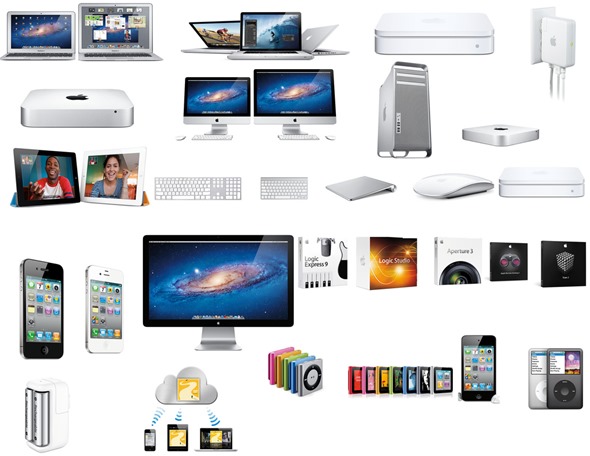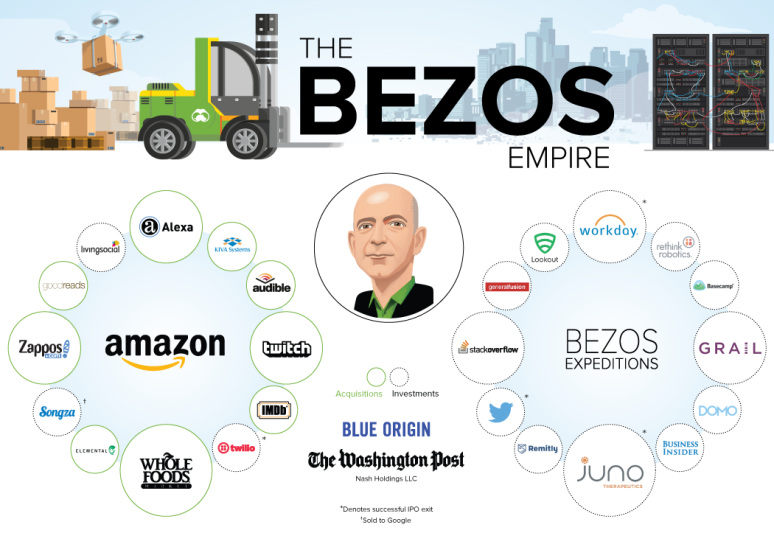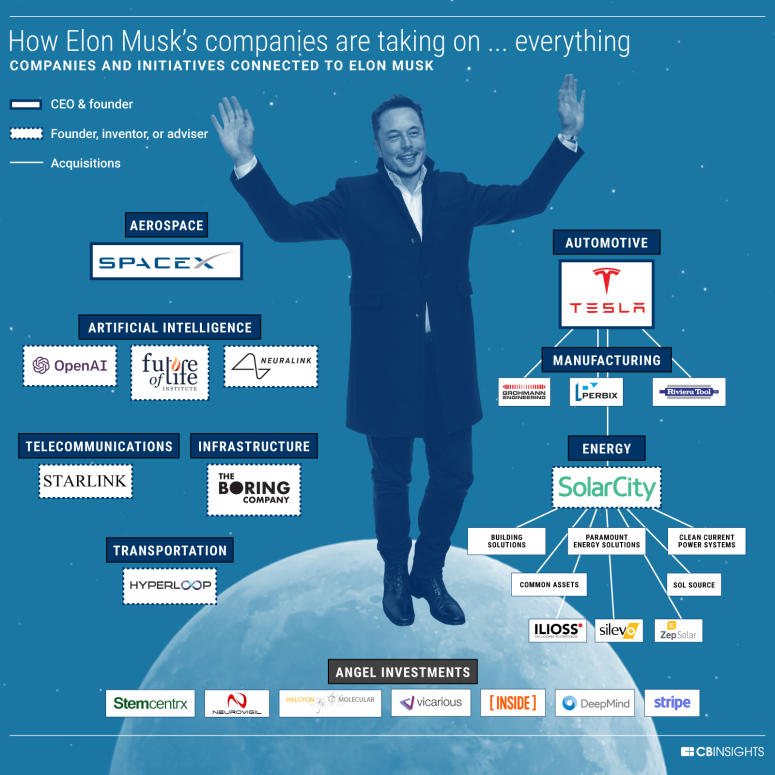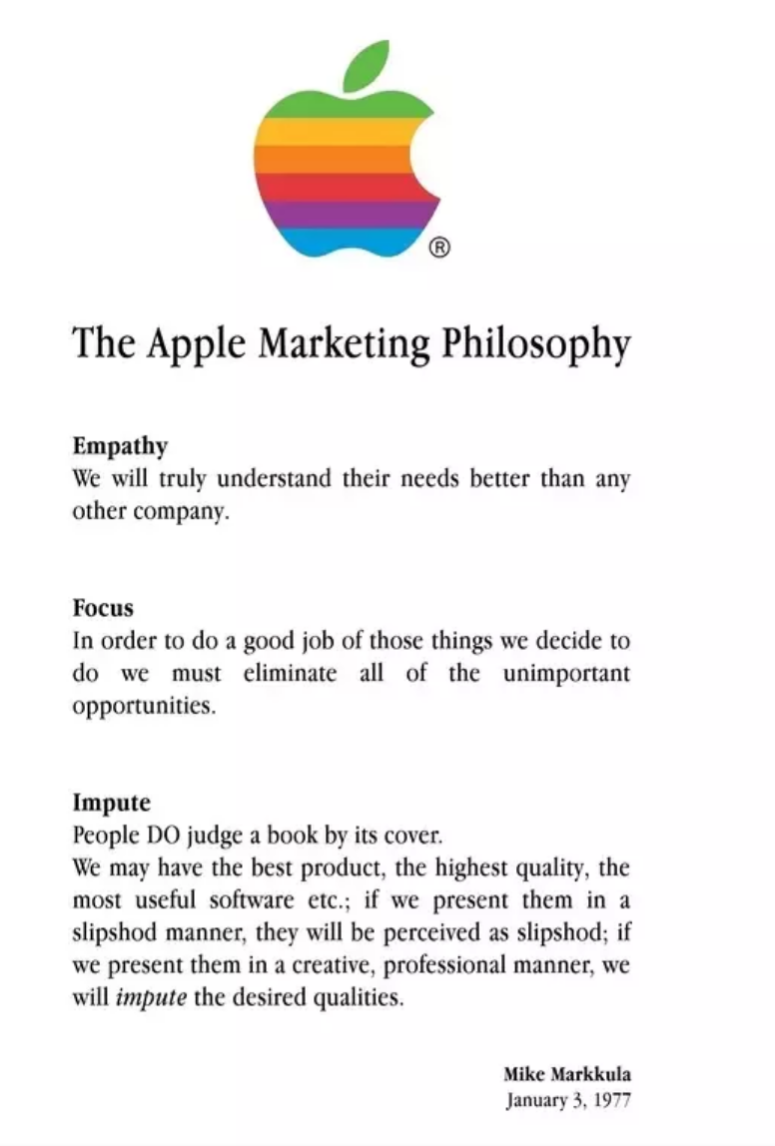Few would argue against the fact that Steve Jobs, Jeff Bezos, and Elon Musk are three of the biggest icons of Tech innovation in the 21st century. For me, when someone mentions disruptive innovations, I immediately think of these three.
Steve Jobs has a long list of disruptions which included how we use a personal computer, how we listen to music (iTunes), how we use our phones (iPhone), and how we watch TV (Apple TV).

For Jeff Bezos, his first disruptive innovation was to start a small startup from his garage called Amazon. In 1994, he created Amazon as a way to sell books online when the internet was becoming more popular with consumers. His success with Amazon propelled his company into an e-commerce behemoth, and he has expanded his digital empire across several different industries. Today, he is the wealthiest person in the world with a net worth of $119 billion.

The Bezos Empire (Source: http://www.visualcapitalist.com)
Elon Musk also set his ambitions on innovations disrupting several industries. Whether it is making really slick electric vehicles (Tesla), building reusable rockets with the hopes of traveling to Mars (SpaceX), or creating renewable energy (SolarCity). These are just a few of his disruptive innovations that span across eight other industries.

This made me wonder, what philosophies did they live by to thrust themselves and the companies they led to become so exceptionally innovative? Obviously, they are all hardworking, intelligent, show tremendous perseverance, and are shrewd businessmen. But the one thing that seems clear to me is that they are all radical innovators by leveraging emerging technologies to create entirely new business models focused on the customer. More specifically, they believed that by building these new technologies centered around the needs of the customer it would significantly improve many people’s lives. As Steve Jobs said, “you gotta start with the customer experience, and work backward with the technology.”
As Steve Jobs said of innovation, “you gotta start with the customer experience, and work backward with the technology”.
A second shared commonality between these three was that they were “outsiders” to the industry. Jobs was laughed at by the Nokia CEO when a reporter asked what Nokia was going to do about Apple entering the mobile phone market with the iPhone. Jeff Bezos left an excellent job on Wall Street to join the digital tech world and take on the likes of brick and mortar giant booksellers like Barnes and Nobles. Elon Musk has taken on the task as the David against the Goliaths of the automobile industry. Meanwhile, initially knowing nothing about aerospace and building rockets, he has been concurrently successful with SpaceX.
Thirdly, they have a knack for describing their innovation by conveying a very clear and simple vision. Steve Jobs would tell people that with the iPhone, we could put personal computing into our pockets, take it everywhere we go, and it would look elegant and beautiful. Elon Musk tells us we can live in a world where beautiful electric cars take us places while allowing cleaner air. Jeff Bezos tells us we can purchase anything anywhere without needing to leave home.
Finally, these three would tell others that great innovation requires one to follow their passion. If you want to do something great, do what you love and do something meaningful. Not for money, not for fame, but because it is something important that will help improve the lives of many others. “People with passion can change the world for the better,” said Steve Jobs. Asked about the advice he would offer would-be entrepreneurs, he said, “I’d get a job as a busboy or something until I figured out what I was really passionate about.” That’s how much it meant to him.
Innovation Philosophies of Elon Musk and Jeff Bezos
Use Regret Minimization Framework for Big Decisions
When faced with significant and tough decisions, Bezos is known for touting this framework as a way to help his decision making. When a big decision or idea presents itself to him, he thinks forward in time to when he is age 80. He asks “Will I regret not doing this?” His goal in life is to minimize the number of regrets, so his decisions are guided by that principle. If 80-year-old Bezos will regret not doing it, then he will move forward with the idea. He would much instead try something even if he will fail, then not try it and regret it later. Here is a clip of Bezos explaining how this framework helped him get the courage to leave his Wall Street job to start Amazon.
Invest much more in product and service development than marketing
A company’s reputation is based on the quality of the product or services they provide. “If you’re building a product or offering a service, says Musk, it can’t be just a little better than the competition–it has to be great.” This is especially sage advice if you are entering an established and competitive market.
A high-quality product or service will build a good reputation with customers. In turn, they will recommend your company to others by word of mouth. Also, your customers will keep returning over and over for your product and services. Amazon spends more on Research and Development (R&D) each year than any other corporation in the world. In 2017, they spent $23 billion on R&D while spending $7 billion on marketing.
At Tesla, they are more extreme. How much does Musk budget for Tesla’s marketing? Zero dollars. That’s right not a penny because Musk believes putting that money into making better products and services is much more critical. What Tesla lacks in advertising, it does have great electric cars on the market and a loyal customer base who love to spread the word about Tesla vehicles. Tesla has parlayed those advantages into a robust referral program. So are your efforts resulting in a significantly better product or service? If they are not, then you should go back to the drawing board. It is time to invest much more into R&D.
“If you’re building a product or offering a service, says Musk, it can’t be just a little better than the competition–it has to be great”.
The First Principle Thinking
One of the most intriguing explanations on how innovative creativity can be sparked is described by Elon Musk. He approaches creative solutions to problems using the “The First Principle Thinking” framework.
Musk says that most people tackle issues using “reasoning by analogy“. When we reason by analogy, we proceed from an observation that two things are similar in some respects, and conclude that they’re probably similar in some other respect as well. It is a quick heuristic thinking we use to make sense of a complex world. Reasoning by analogy is building knowledge and solving problems based on prior assumptions, beliefs, and widely held “best practices”. However, this type of thinking is based on many assumptions and cognitive biases that may actually make our final conclusions faulty. Furthermore, innovations from reasoning by analogy rarely lead to radical innovations. Instead, they typically lead to incremental innovations–a series of small improvements.
On the other hand, first principles thinking is basically the practice of actively questioning every assumption you think you know about a given problem and breaking it down into its components. In first principle thinking, by questioning every assumption, you may discover holes in some commonly held assumptions giving you new knowledge and creative solutions never before imagined. This is basically how scientists approach scientific problems.
Musk has explained this framework using battery packs as an example. Here is a simplified interaction between two people showing how “First Principle Thinking” works. Let’s say it is between Musk and his top engineer, Cynic Bob.
Prior Assumption: Cynic Bob says “Battery packs are really expensive and that’s just the way they will always be… Historically, it has cost $600 per kilowatt hour. It’s not going to be much better than that in the future.”
Breaking it down into its components: Musk asks “What are the material components of the battery packs?” “Well, it has cobalt, nickel, aluminum, carbon, some polymers for separation and a seal can” replies Cynic Bob.
“Ok, What is the market value of these material components? What if we bought these materials components individually on the London Metal Exchange, how much would it cost?” asks Musk.
Cynic Bob looks up each component’s cost on the London Metal Exchange, and to his surprise, the total cost he calculates to be $50 per kilowatt hour. So the “Prior Assumption” is wrong. They will need to think of clever ways to take those materials and combine them into the shape of a battery cell, and they will have batteries that are significantly cheaper.
Essentially, first principles thinking will help develop you discover unique views for innovation and come up with solutions to difficult problems like never imagined before.
Innovation Philosophies of Steve Jobs
While Musk, Bezos, and Jobs had somewhat similar characteristics and philosophies in running innovative companies, I have found Steve Jobs articulates best the philosophies that lead to radical, disruptive innovations. That is because besides being an innovative leader in the tech world, Steve Jobs was also somewhat of a philosopher to silicon valley. Arguably he is the greatest thinker and public speaker of the digital revolution.
Empathy, Focus, and Impute
Steve Job’s philosophy at Apple was initially created by Mike Markkula when the company was incorporated, in early 1977. Jobs had recruited Mike Markkula, a 33-year-old marketing manager and engineer to help prepare a business plan for Apple. Mike would become “employee number 3” behind Jobs and Wozniak at Apple. “The Apple Marketing Philosophy” stressed three points.
 The first was empathy, by making a connection and understanding their customers better than any other company would allow them to create much more valuable products and services. At that time this was radical thinking to get the customers “feelings” involved into an industry full of logical thinking data nerds. The second was focus: “In order to do a good job of those things that we decide to do, we must eliminate all of the unimportant opportunities.” Steve Jobs emphasized the importance of saying “no” to the unimportant. Saying no is hard, but must be done to maintain focus. And as a result of increased focus, they would more likely create much better products.
The first was empathy, by making a connection and understanding their customers better than any other company would allow them to create much more valuable products and services. At that time this was radical thinking to get the customers “feelings” involved into an industry full of logical thinking data nerds. The second was focus: “In order to do a good job of those things that we decide to do, we must eliminate all of the unimportant opportunities.” Steve Jobs emphasized the importance of saying “no” to the unimportant. Saying no is hard, but must be done to maintain focus. And as a result of increased focus, they would more likely create much better products.
The third important principle was called “impute”. It emphasized that people form an opinion about a service or product based on the signals that it conveys. “People DO judge a book by its cover,” he wrote. “We may have the best product, the highest quality, the most useful software etc.; if we present them in a slipshod manner, they will be perceived as slipshod; if we present them in a creative, professional manner, we will impute the desired qualities.
Put a dent in life
Make connections
Jobs once said creativity is connecting things that at face value wouldn’t seem connected to other people. He knew people with a broad set of life experiences often see things that others miss. He took calligraphy classes that didn’t have any practical use in his life — until he built the Macintosh. While at Reeds College, Jobs traveled to India and Asia for a spiritual journey, and this trip would have a significant influence on him. He also studied design and hospitality. Jobs said a lot of things that he learned and experienced in his life had nothing to do with computers, but they all were significant influences into his creativity at Apple. He was a big believer that great innovations arise from connecting ideas from many different fields.
In Steve Jobs biography, Walter Isaacson wrote that Steve was able to create creative connections at Apple by promoting collaboration in his employees. At Apple, all of the products are so interconnected, a modification to something as simple as a screw would affect multiple divisions at the company. “At Apple, there was sort of the deep collaboration, because there were no divisions and because the engineers and the marketers and the designers had to work together from the very beginning.”
Technology is the body of Innovation while the Humanities is its soul
Jobs believed that the best ideas emerge from the intersection of technology and the humanities. “It is in Apple’s DNA that technology alone is not enough—it’s technology married with liberal arts, married with the humanities, that yields us the results that make our heart sing.”
He loved music, especially artists from his era of the 1960’s and 1970s. His favorites were Bob Dylan, the Beatles, and the Grateful Dead. He was a tremendous Bob Dylan fan, Isaacson wrote in Jobs’ biography. On Steve’s iPod was a total of 21 Dylan albums, including all six volumes of the singer’s bootleg series, but no studio recordings more recent than 1989’s Oh Mercy. Jobs used to write the lyrics of these songs on a paper whenever he found himself lost. He used to try fitting Dylan’s songs in his life. Jobs talked about how Bob Dylan and the Beatles taught him the importance of constant innovation, quoting Dylan’s observation that “he not busy being born is busy dying.”
Understand things deeply to keep it simple
Perhaps, nothing is more iconic of Apple then its simplicity in design. Jobs made it clear that “simple” doesn’t translate to “ignore all complexities.” Instead, he emphasized that simplicity required a deep understanding of a product’s complexities, as well as the ability to solve these complexities by coming up with solutions. He also advocated that everything but the essentials should be stripped away. This purist way of thinking resulted in the sleek simplicity of Apple products we use today.
He was heavily influenced by the simplicity of modernism design and appreciated the works of Joseph Eichler. Eichler built Andrew Lloyd Weber inspired homes to California’s suburban home developments after World War II. “Eichler did a great thing,” said Jobs. “I love it when you can bring really great design and simple capability to something that doesn’t cost much,” noting that this philosophy was the “original vision for Apple.
Think Different
Perhaps, no motto is more iconic of Steve Jobs and Apple then the slogan “Think Different”. These two words probably best describe his philosophy on life. This mantra became the company’s advertising slogan and drove Apple to develop revolutionary innovations that would dominate their markets. This motto is also classic Steve Jobs- embracing originality and rebellious non-conformity in order to create something great and beautiful to improve people’s lives.
